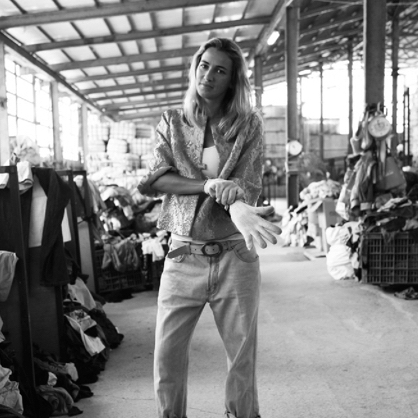Environmental Impact
Exec. Producer Livia Firth talks about the impact of cheap clothing.
Disposable Clothing
The world now consumes about 80 billion new pieces of clothing every year. This is 400% more than the amount we consumed just two decades ago. As new clothing comes into our lives, we also discard it at a shocking pace. The average American now generates 82 pounds of textile waste each year. That adds up to more than 11 million tons of textile waste from the U.S. alone. Historically, clothing has been something we have held onto for a long time, but with cheap clothing now abundantly available we are beginning to see the things we wear as disposable.
Livia Firth serves as the creative director for Eco-Age, a sustainability consulting firm. Read our recent interview with her HERE.
Stella McCartney talks about why she doesn’t use leather.
Leather
Leather production is increasingly linked to a variety of environmental and human health hazards. The amount of feed, land, water and fossil fuels used to raise livestock for leather production come at a huge cost to the health of our world. In addition to raising the livestock needed, the leather tanning process is among the most toxic in all of the fashion supply chain. Workers are exposed to harmful chemicals on the job, while the waste generated pollutes natural water sources leading to increased disease for surrounding areas. Studies have found that leather tannery workers are at a far greater risk of cancer, by between 20% – 50%.
Stella McCartney is a British fashion designer.
Watch a recent interview with her HERE.







